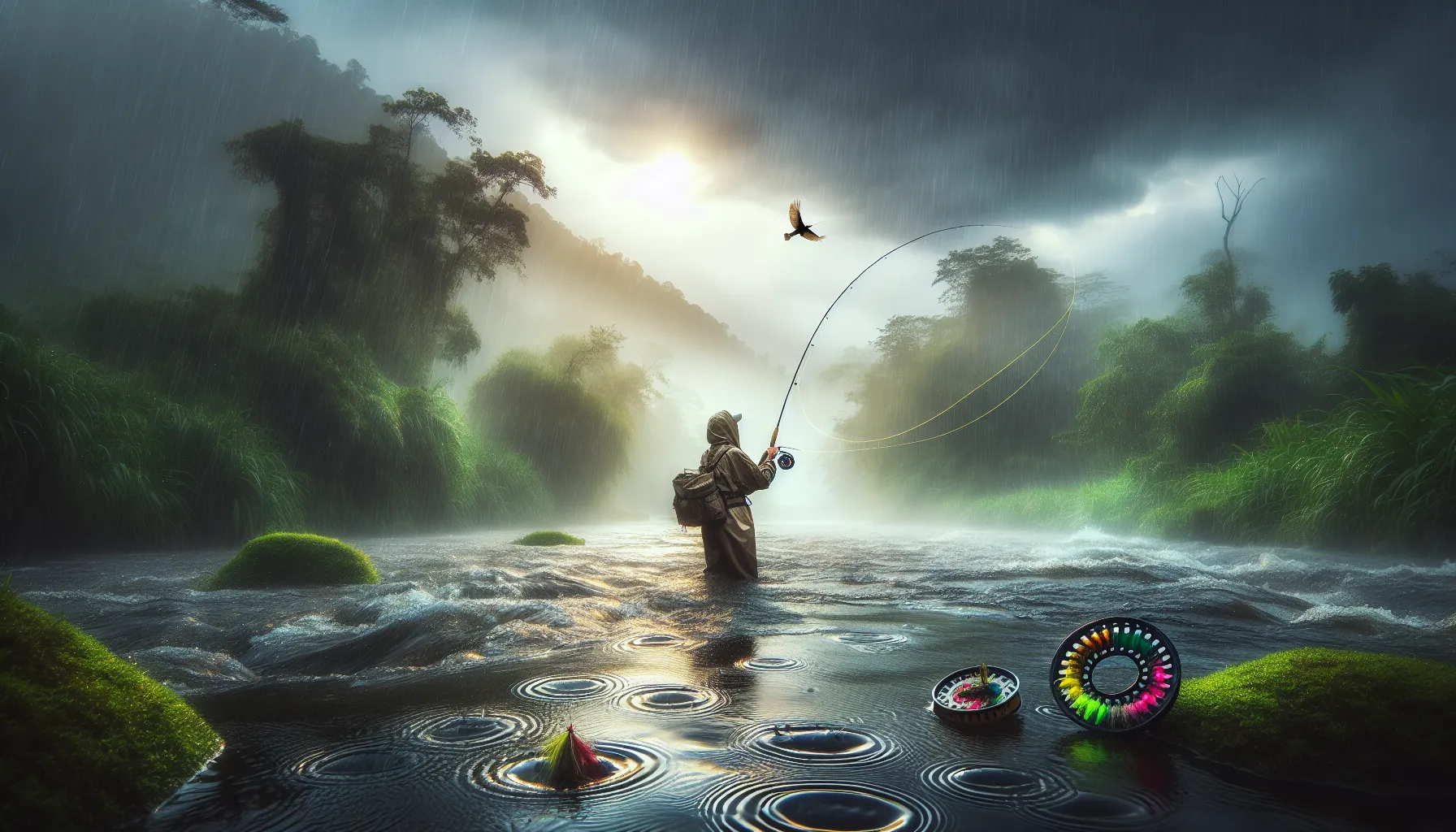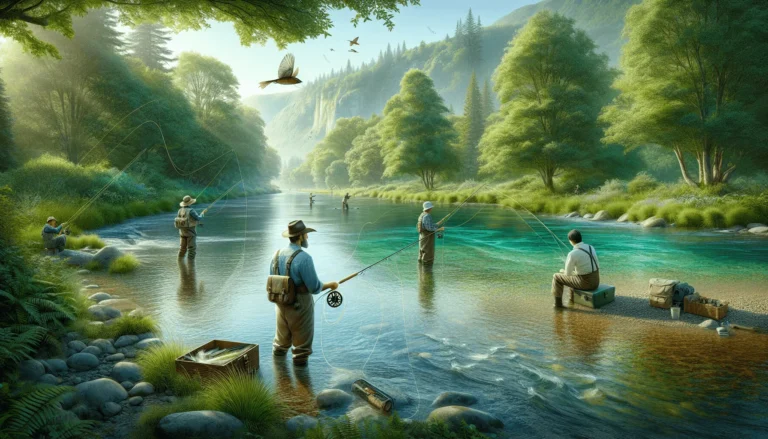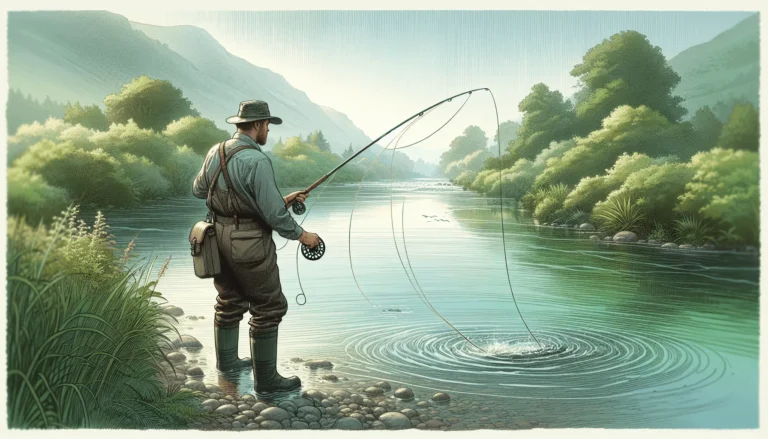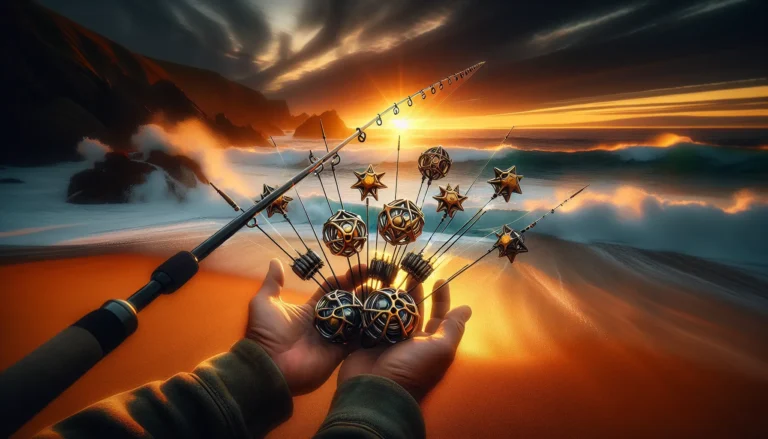Can you fly fish in the rain? This question often crosses the minds of anglers when dark clouds gather overhead. Fly fishing enthusiasts need not let a little precipitation dampen their spirits or their lines. In fact, rainy conditions can create unique opportunities for successful catches, especially when it comes to trout fishing in the rain. With the right gear and techniques, fishing during rain can be both enjoyable and productive.
This article explores the benefits of fly fishing in rainy weather and provides essential tips to make the most of these conditions. Readers will learn about the necessary equipment, including rain jackets and specialized gear for low light conditions. The discussion also covers effective fly patterns for rainy days, techniques for shore fishing and river fishing in the rain, and how to adapt to heavy or light rain scenarios. Whether you’re a seasoned angler or new to the sport, this guide will help you confidently answer the question: is fishing good in the rain?
Benefits of Fly Fishing in the Rain
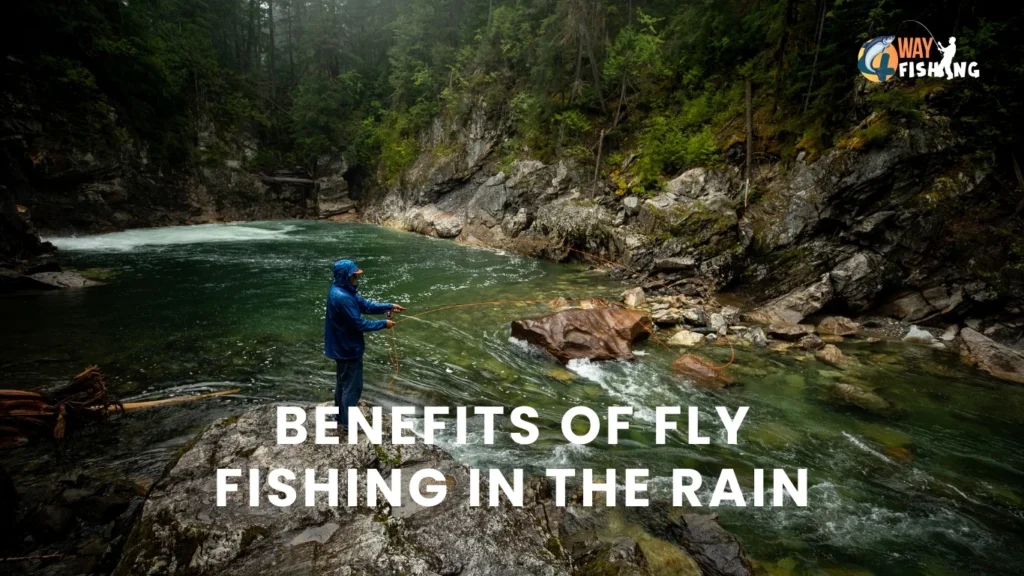
Fly fishing in the rain offers several advantages that can enhance the angling experience. Rainfall has a significant impact on water conditions, benefiting both the fish and the angler. As rain falls, it oxygenates the water, making brown trout more active and willing to feed . This increased oxygen level is particularly crucial during summer when dissolved oxygen can be an issue.
The rain also moderates water temperature, making trout more comfortable and encouraging them to stay closer to the surface . Additionally, the reduced light levels during rainy conditions can trigger midday feeding events for big browns, which typically prefer lower ambient light .
Read Also: Why Is Fly Fishing So Expensive? The Truth Revealed
Rainy weather often stimulates insect hatches, particularly mayflies, providing ample food for trout . As water levels rise, it can disorient minnows and crayfish, making streamer fishing and nymph fishing with worm flies particularly effective . Perhaps one of the most appealing benefits is the reduced competition from other anglers, as most prefer fair weather, leaving the river less crowded or even empty .
Essential Gear for Rainy Day Fly Fishing
Proper gear is crucial for successful fly fishing in the rain. A high-quality rain jacket and waterproof waders are essential to stay dry and comfortable . Some anglers prefer the Simms Challenger rain gear, which offers warmth, lightness, and fleece-lined pockets for cold hands . For women, Gill produces tailored, water-repellent, and breathable gear .
A wading staff can help maintain balance in currents and serve as protection against wildlife . Carrying a compact first-aid kit and a smartphone for emergencies is advisable . In grizzly country, bear spray is a must-have .
For wet wading, neoprene socks (USD 25-50) are invaluable, allowing the use of regular wading boots . Quick-drying pants offer protection and comfort . A lightweight fleece can provide warmth when needed .
Ultimately, the choice of gear depends on personal preferences and fishing conditions. Quality rain gear enhances the fly fishing experience, allowing anglers to focus on the catch rather than discomfort.
Effective Fly Patterns for Rainy Conditions
Rainy conditions often stimulate insect activity, making it an ideal time for fly fishing. Anglers can benefit from using larger fly patterns during rainfall. A fly one size larger than the current hatch can be effective, as trout become less selective in overcast conditions . Terrestrials, large nymphs, and streamers are top choices during rainstorms . Bushy patterns with heavy hackle, like the Humpy, float well in choppy water caused by rain . For nymphing, visible flies such as Pat’s Rubber Legs or San Juan worm imitate prey items kicked up in rough water . When using dry flies, apply liquid floatant before casting and switch to desiccant powder when the fly starts to sink . Remember to reapply floatant frequently, especially in heavy rain.
Read Also:
- How to Choose What to Wear Under Waders When Fly Fishing
- Top 15 Best Gifts for Fly Fisherman in 2024
- Is Fly Fishing Hard to Master? Expert Insights Tips
Conclusion
Fly fishing in the rain opens up a world of opportunities for anglers willing to brave the elements. The rainfall has a significant impact on water conditions, making fish more active and creating ideal circumstances for successful catches. With the right gear and techniques, rainy weather can turn into a prime time to fish, offering benefits like increased insect activity and less competition from other anglers.
To make the most of fly fishing in the rain, it’s crucial to come prepared with appropriate gear and effective fly patterns. Waterproof clothing, specialized equipment for low light conditions, and flies that perform well in choppy water are key to a successful outing. By understanding how rain affects fish behavior and adapting your approach accordingly, you can transform what some might see as unfavorable weather into a rewarding fishing experience. So next time the forecast calls for rain, don’t let it dampen your spirits – grab your gear and head to the water for what could be your best day of fly fishing yet.
FAQs
Can you engage in fly fishing during rainy weather?
Yes, fly fishing can indeed be performed in the rain.
What is the most effective method for fishing in rainy conditions?
Utilizing moving baits like crankbaits, paddle-tail swimbaits, and soft plastic flukes is highly effective when fishing in the rain. These baits work well on rain-laden, wind-swept lake features throughout the year. For deeper waters, adjust the run depth of your crankbaits or allow your swimbaits to sink further.
How should you use wet flies when fly fishing?
This question has not been answered in the provided content.
Which types of flies are most effective to use when it’s raining?
During a rainstorm, the best flies to use are terrestrials, large nymphs, and streamers. Terrestrials such as hoppers or big ants are ideal as they mimic bugs that fall into the water from the shore, which is particularly effective when the water surface is disturbed by rainfall.

